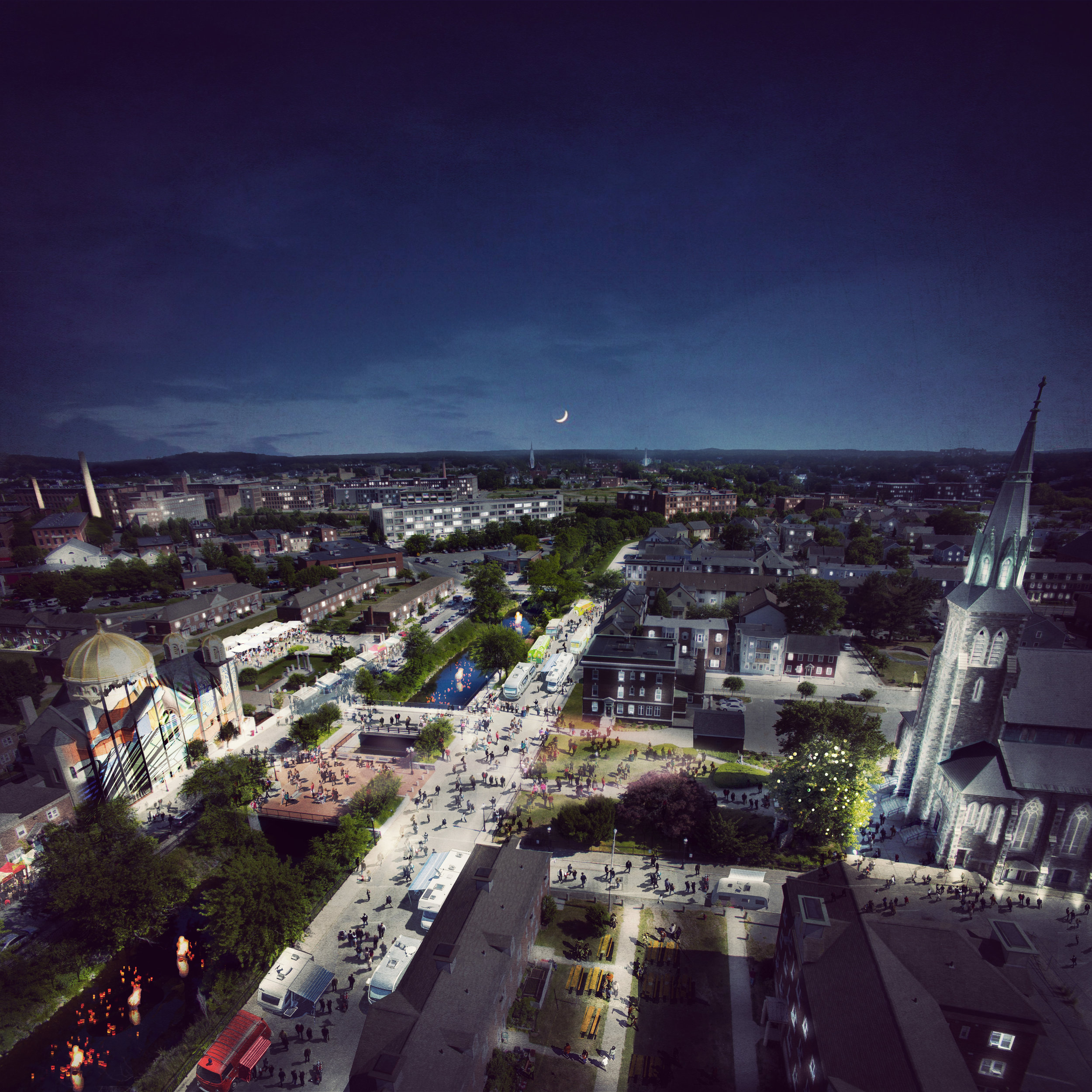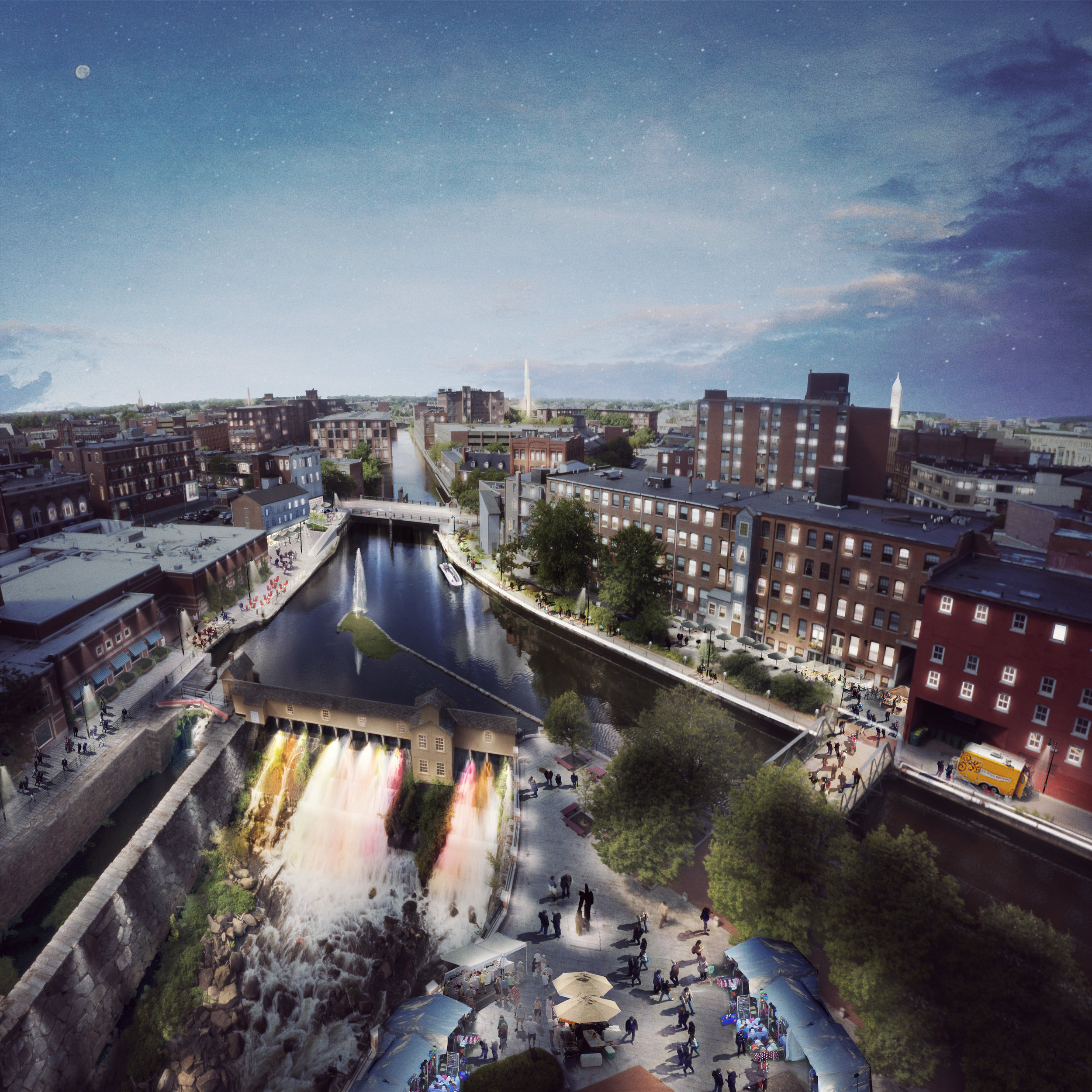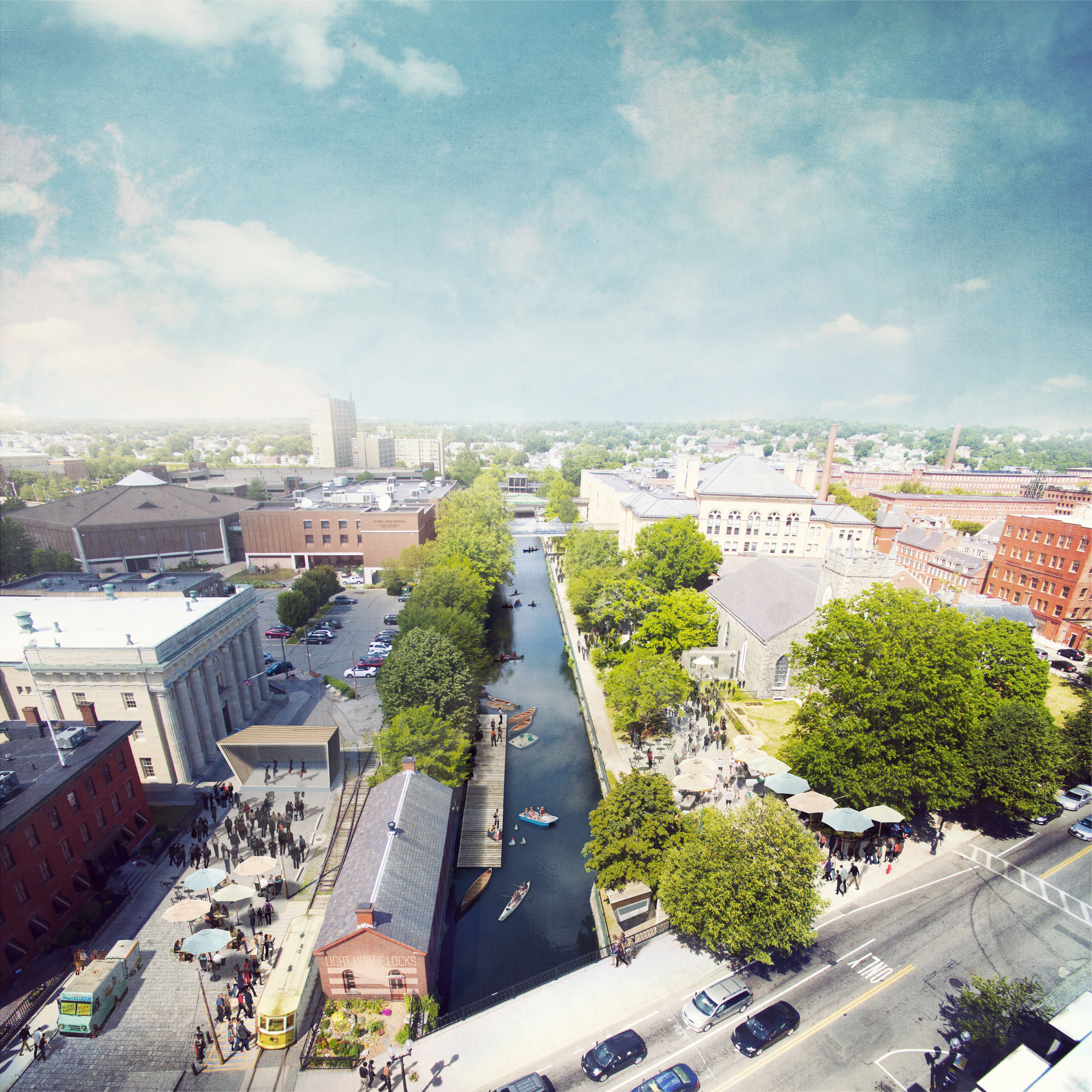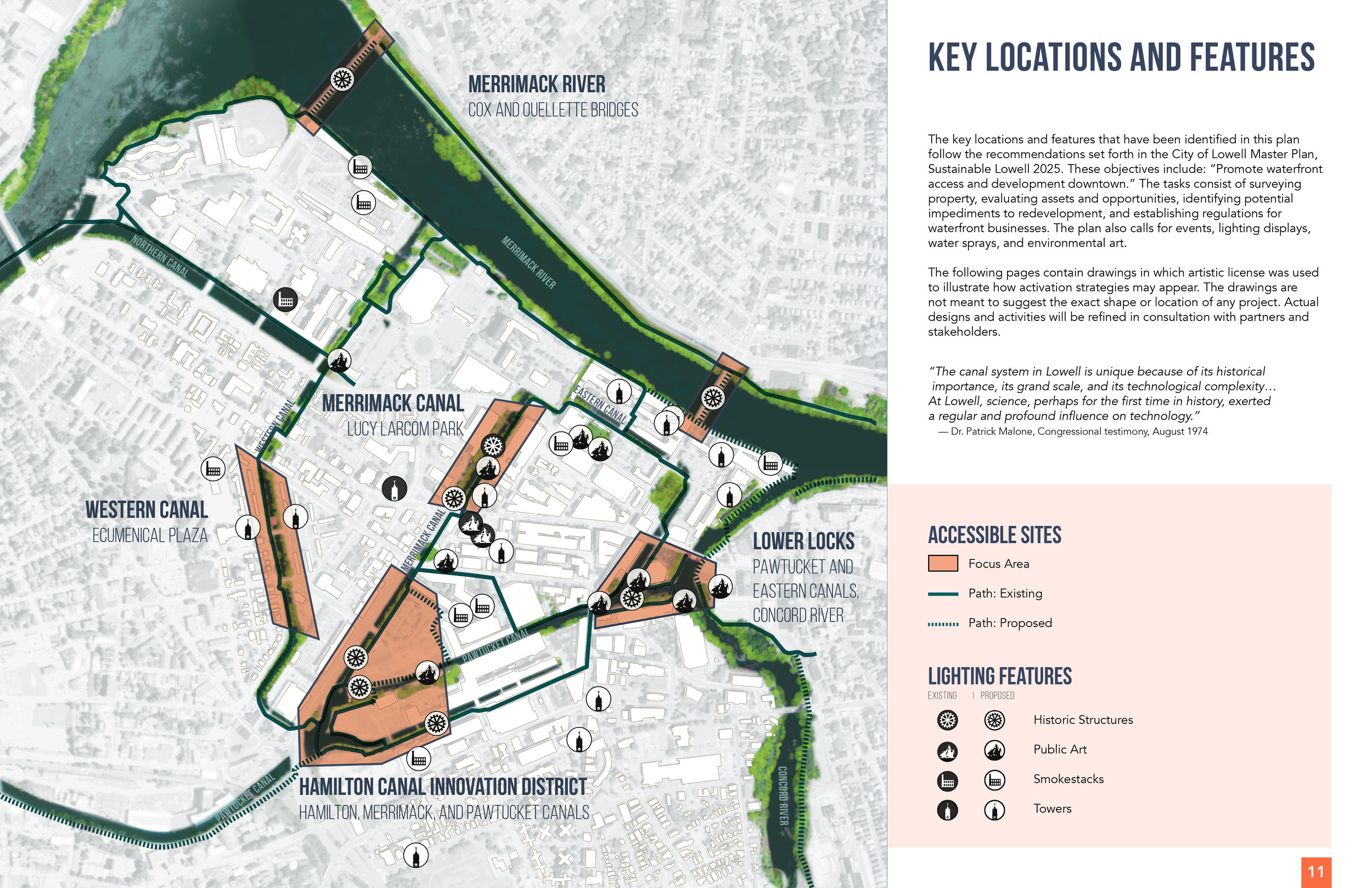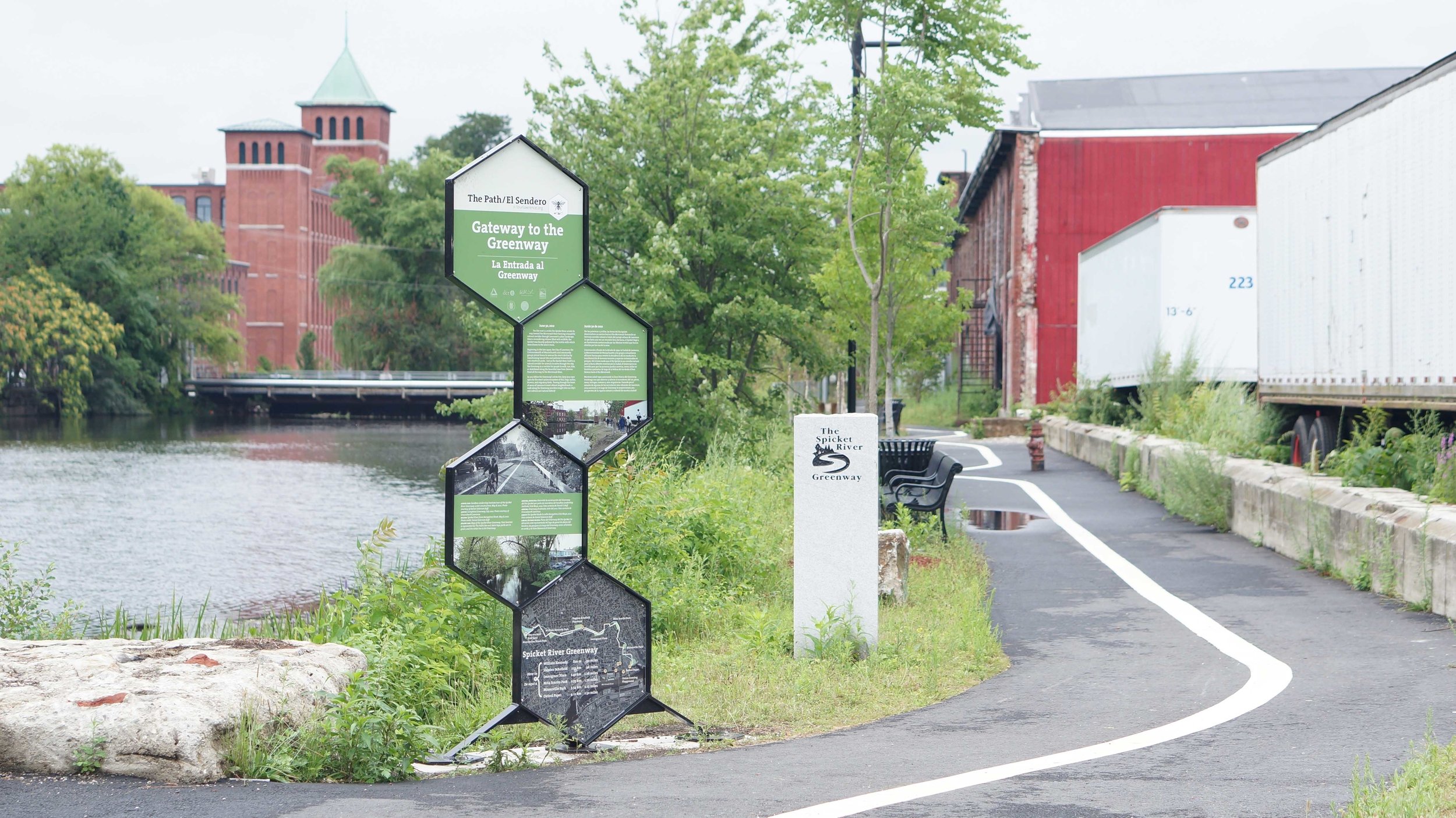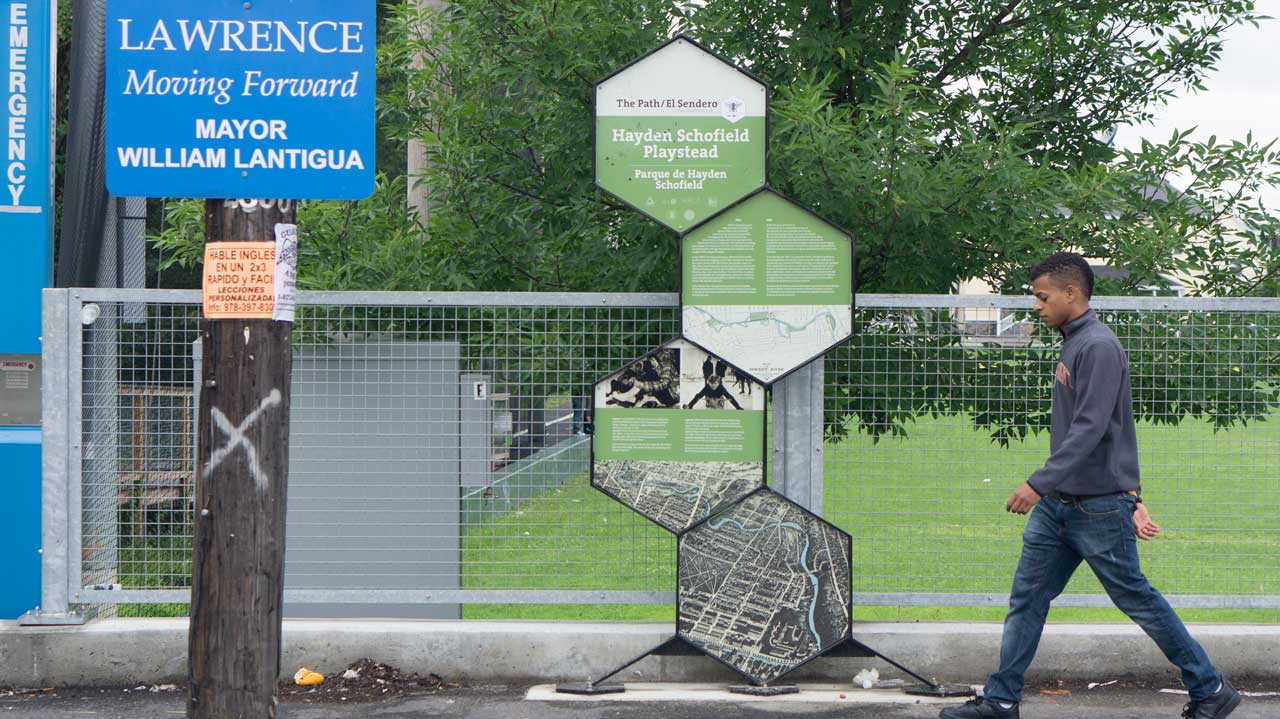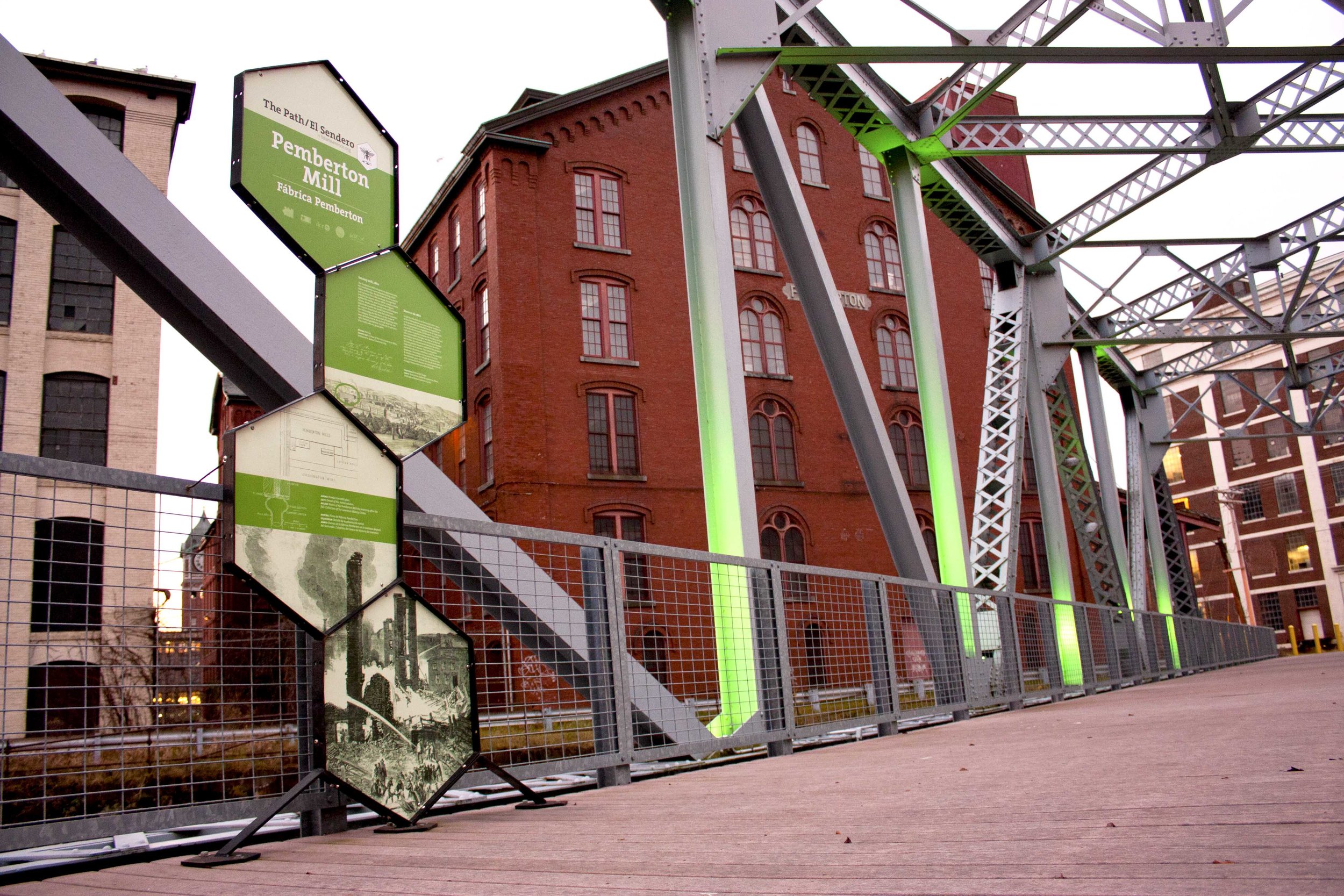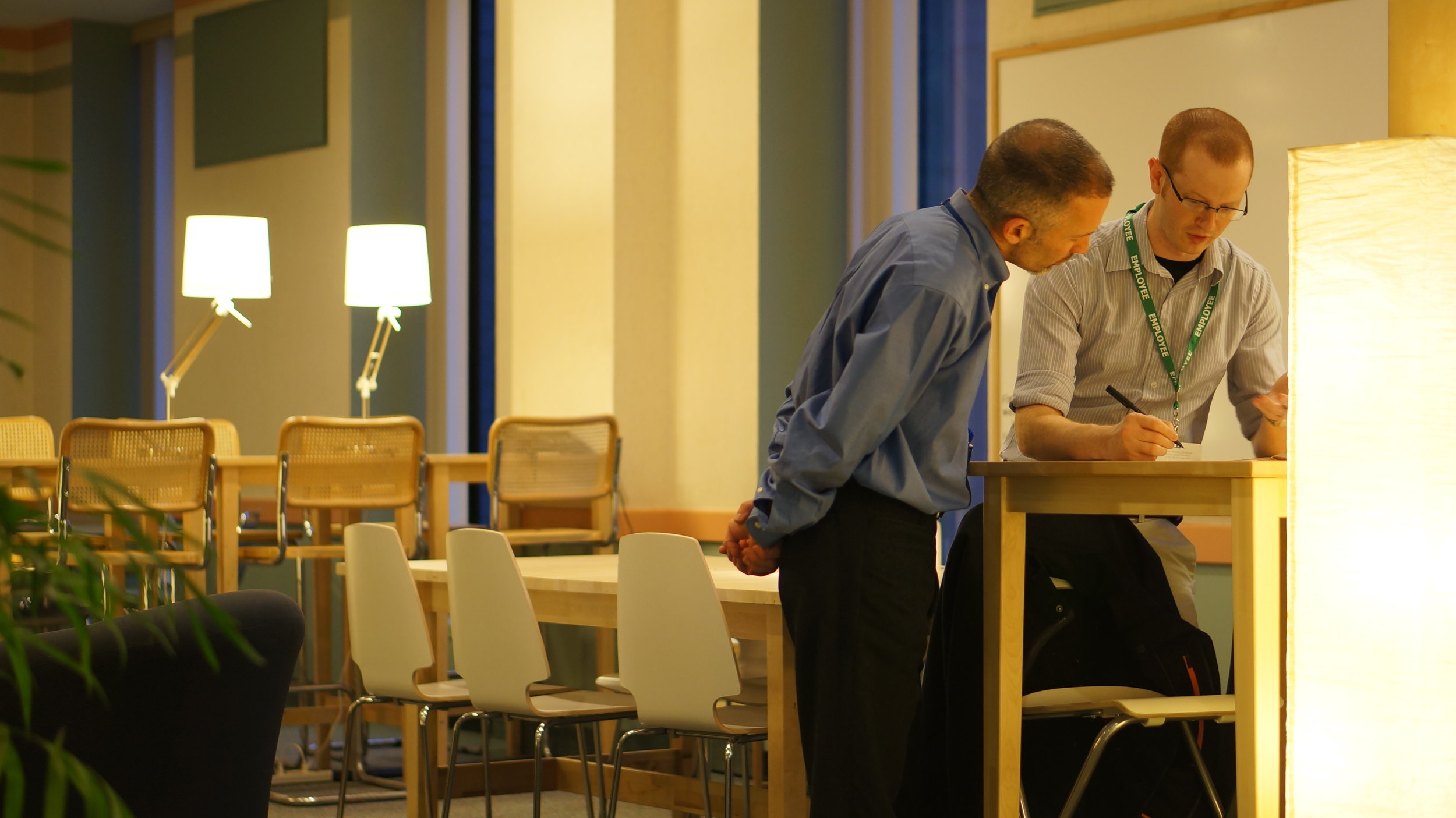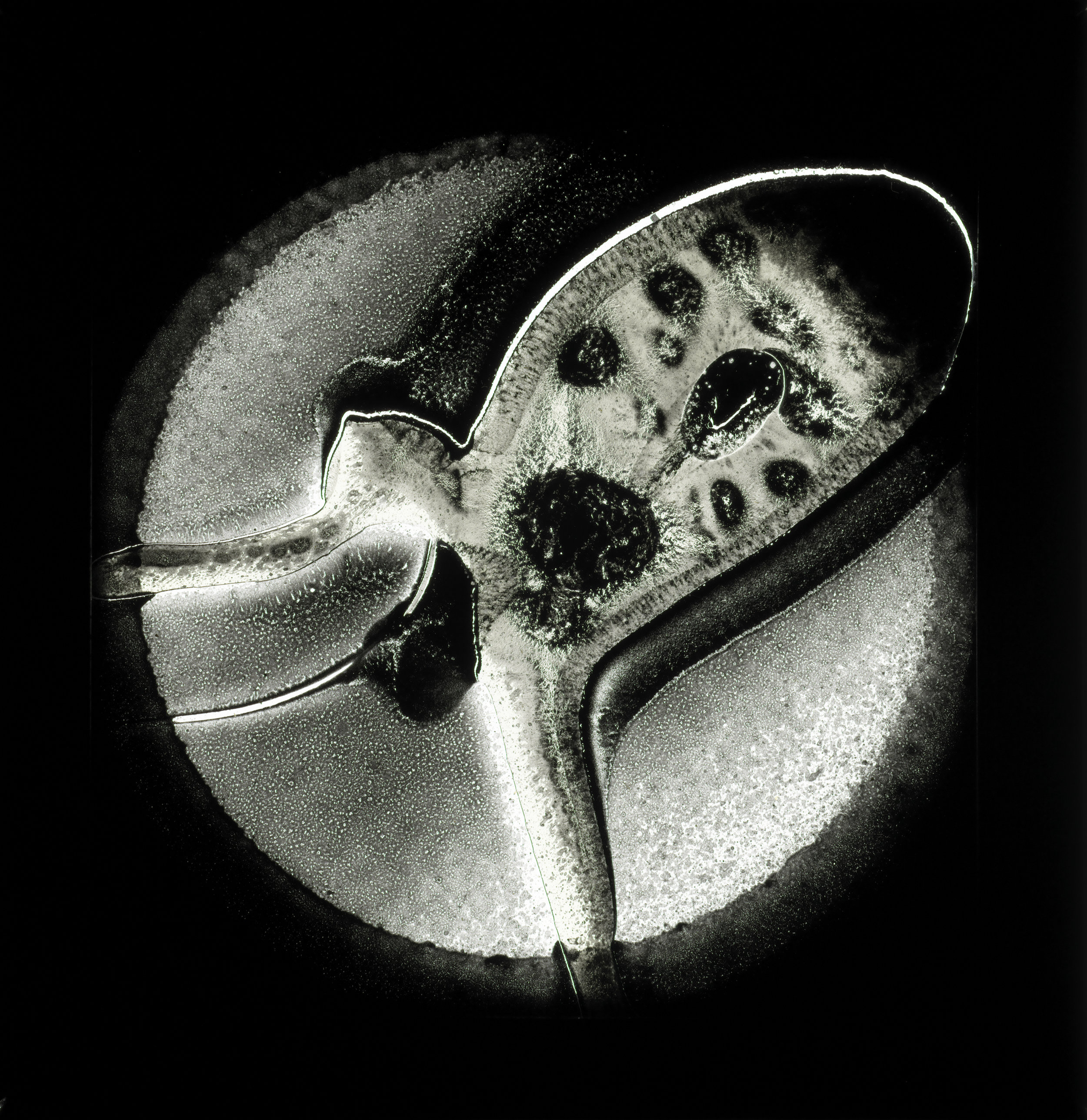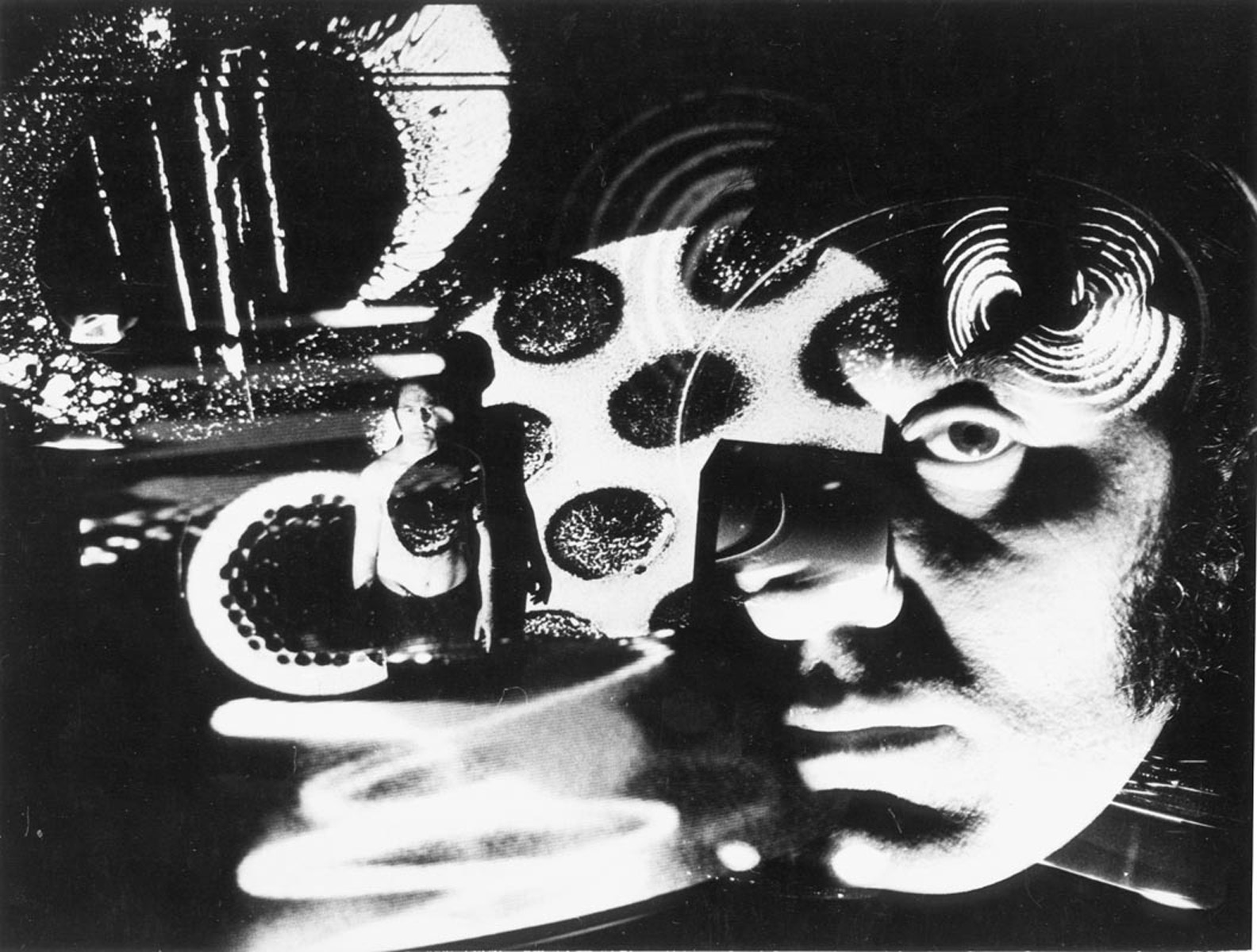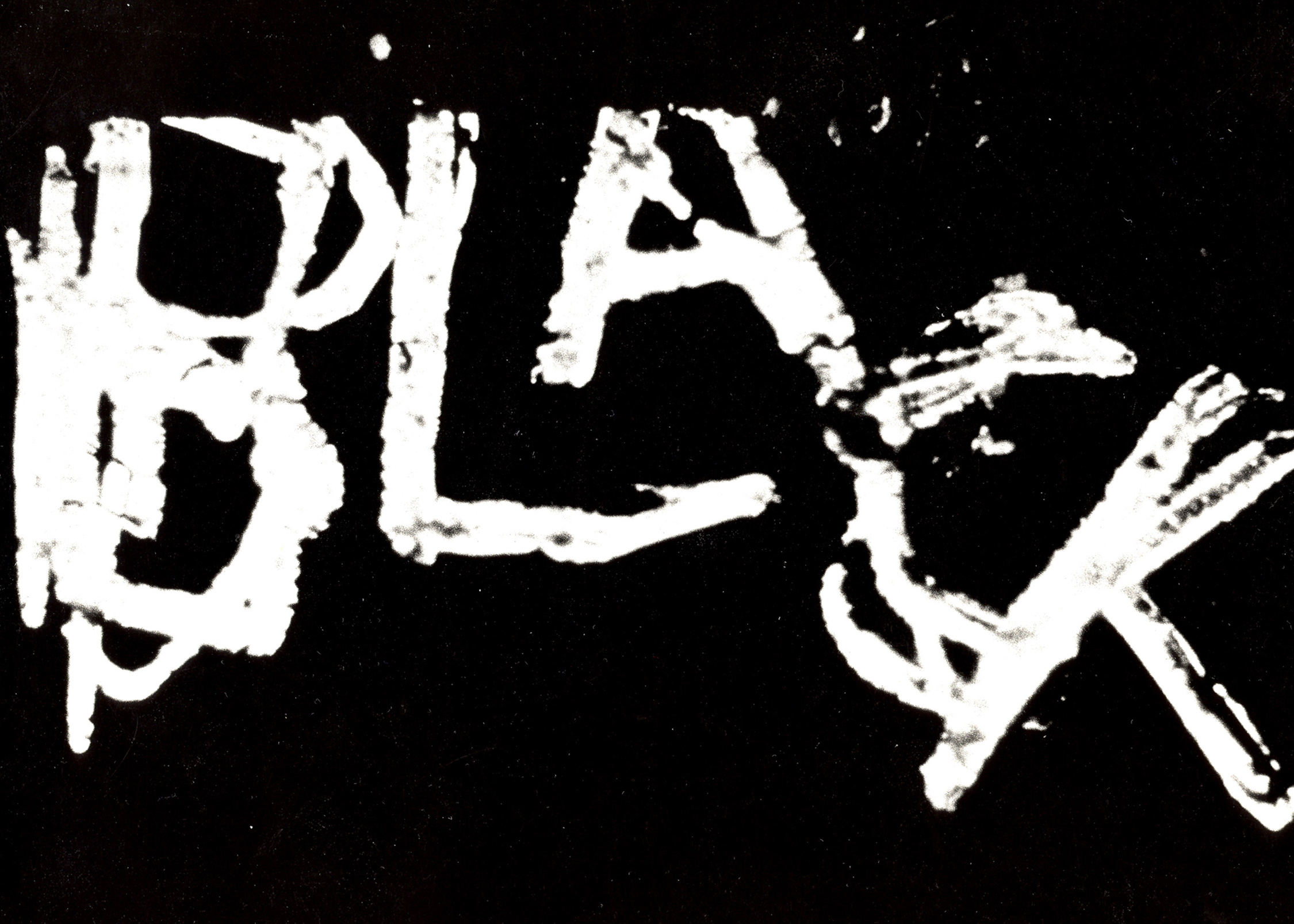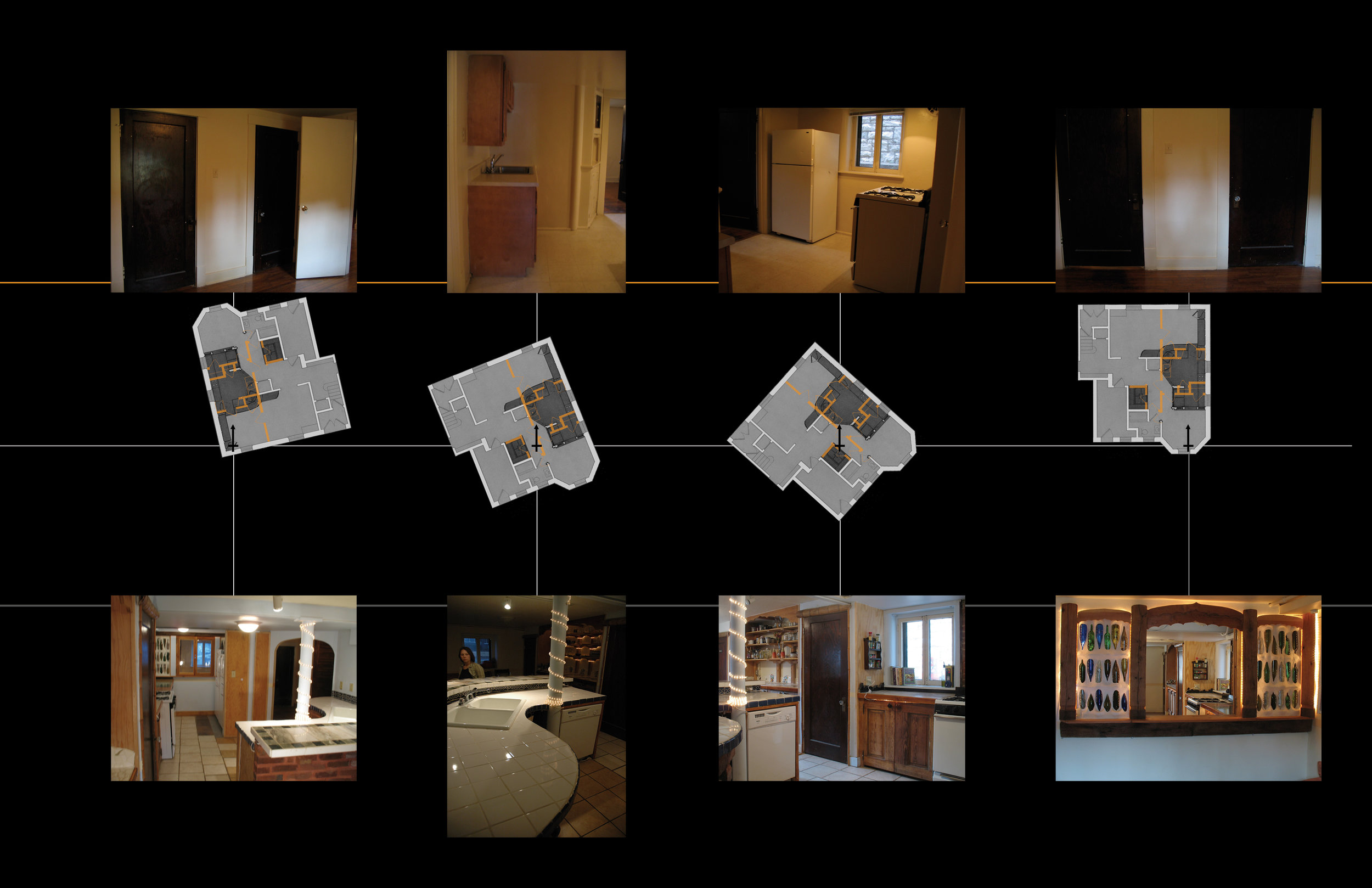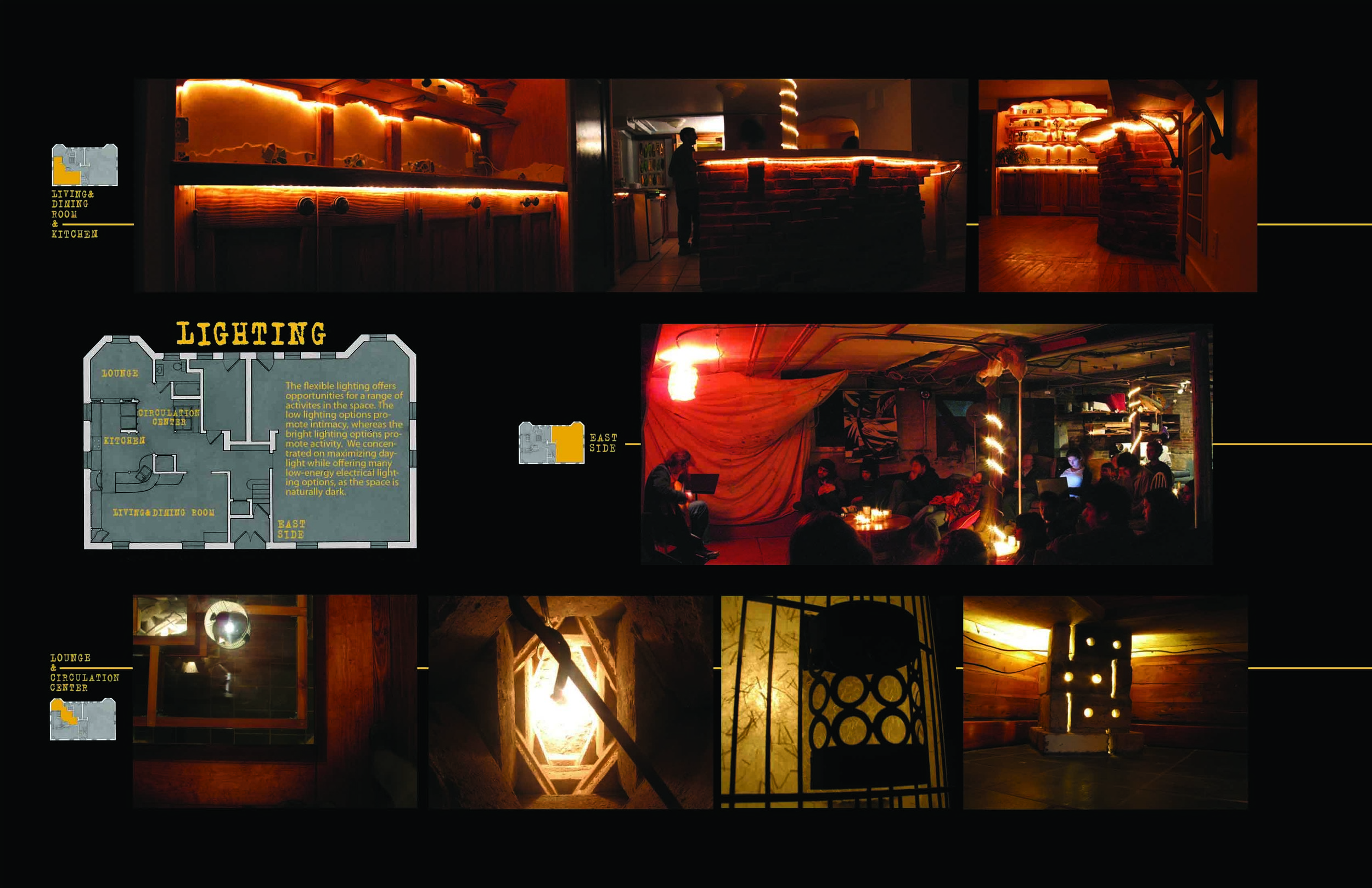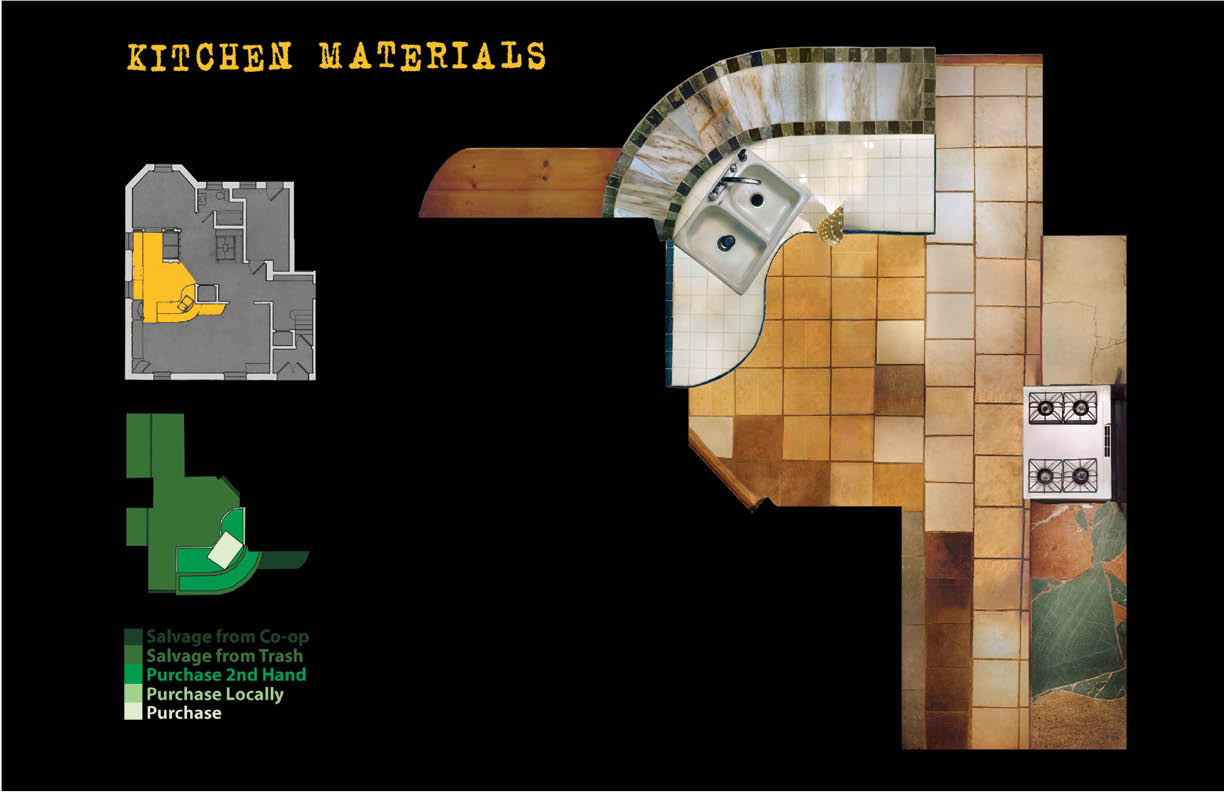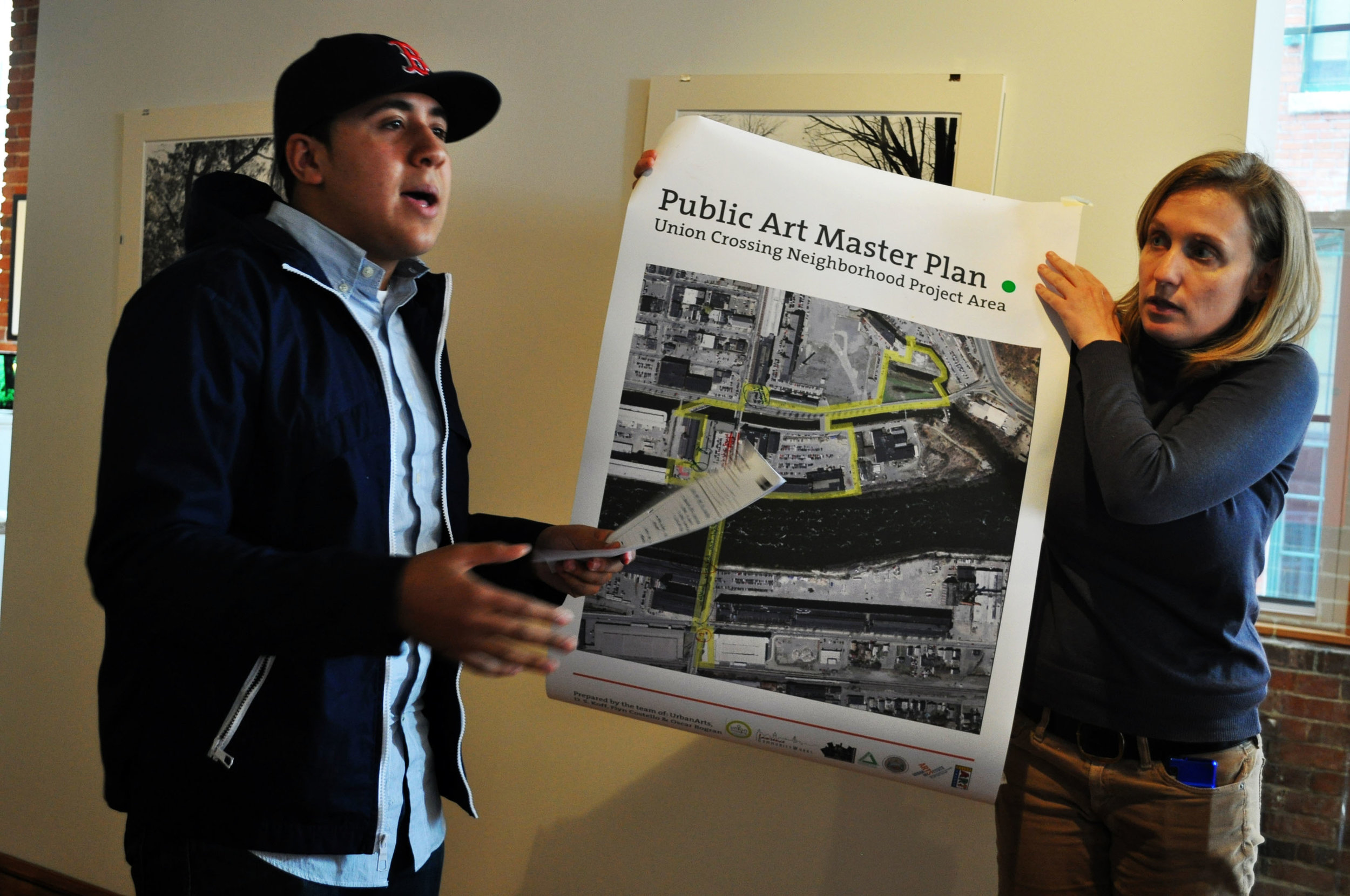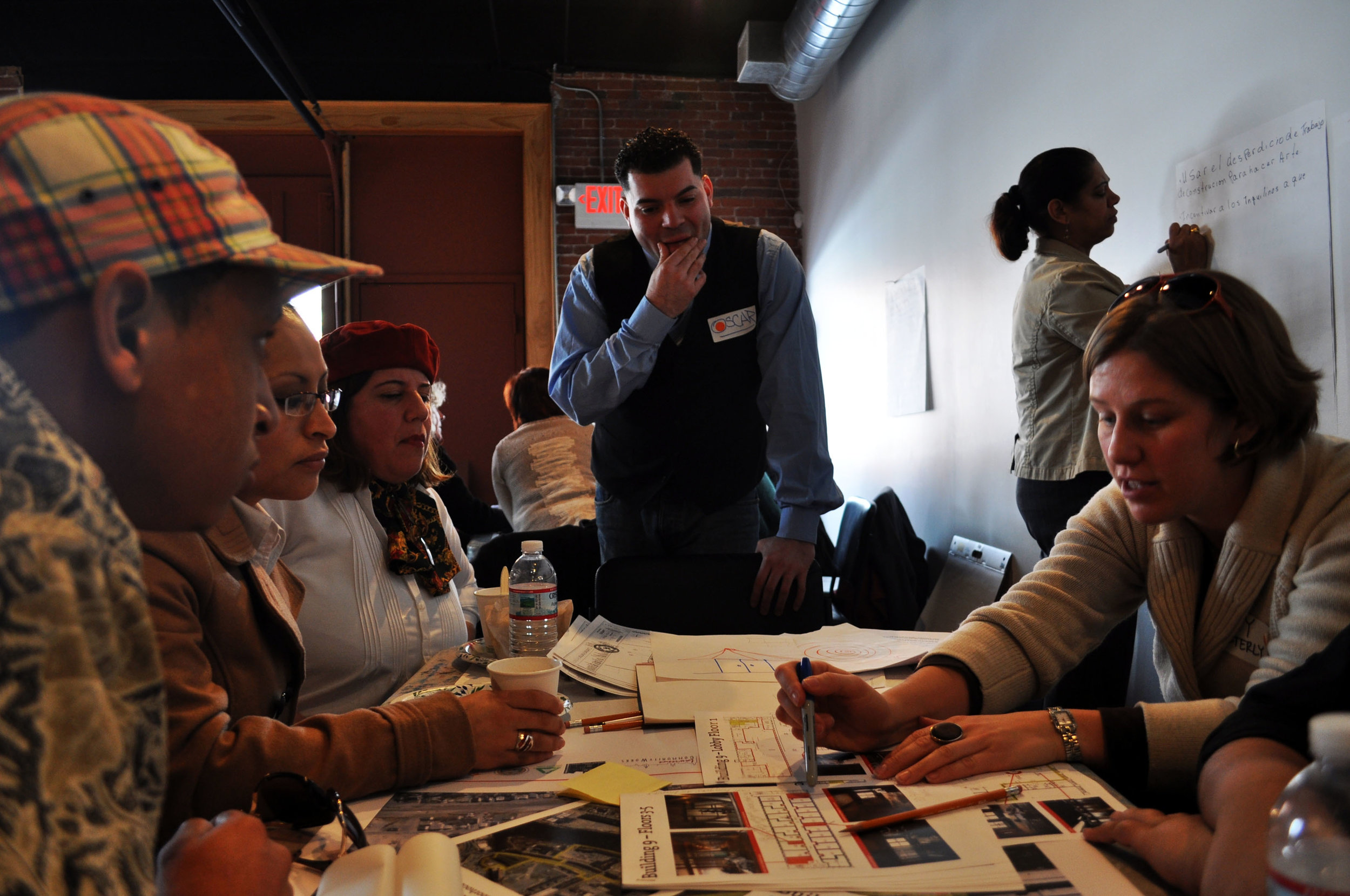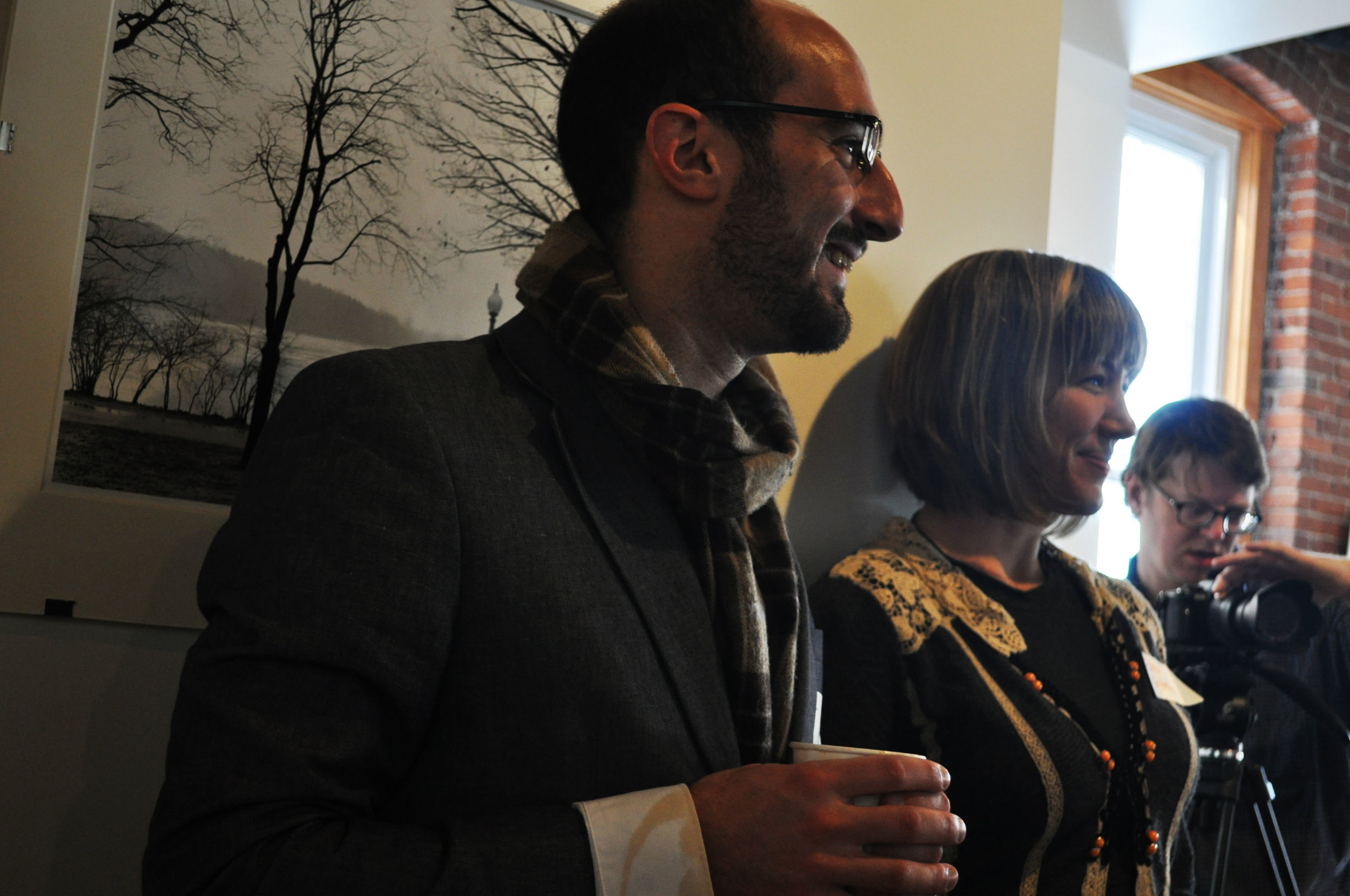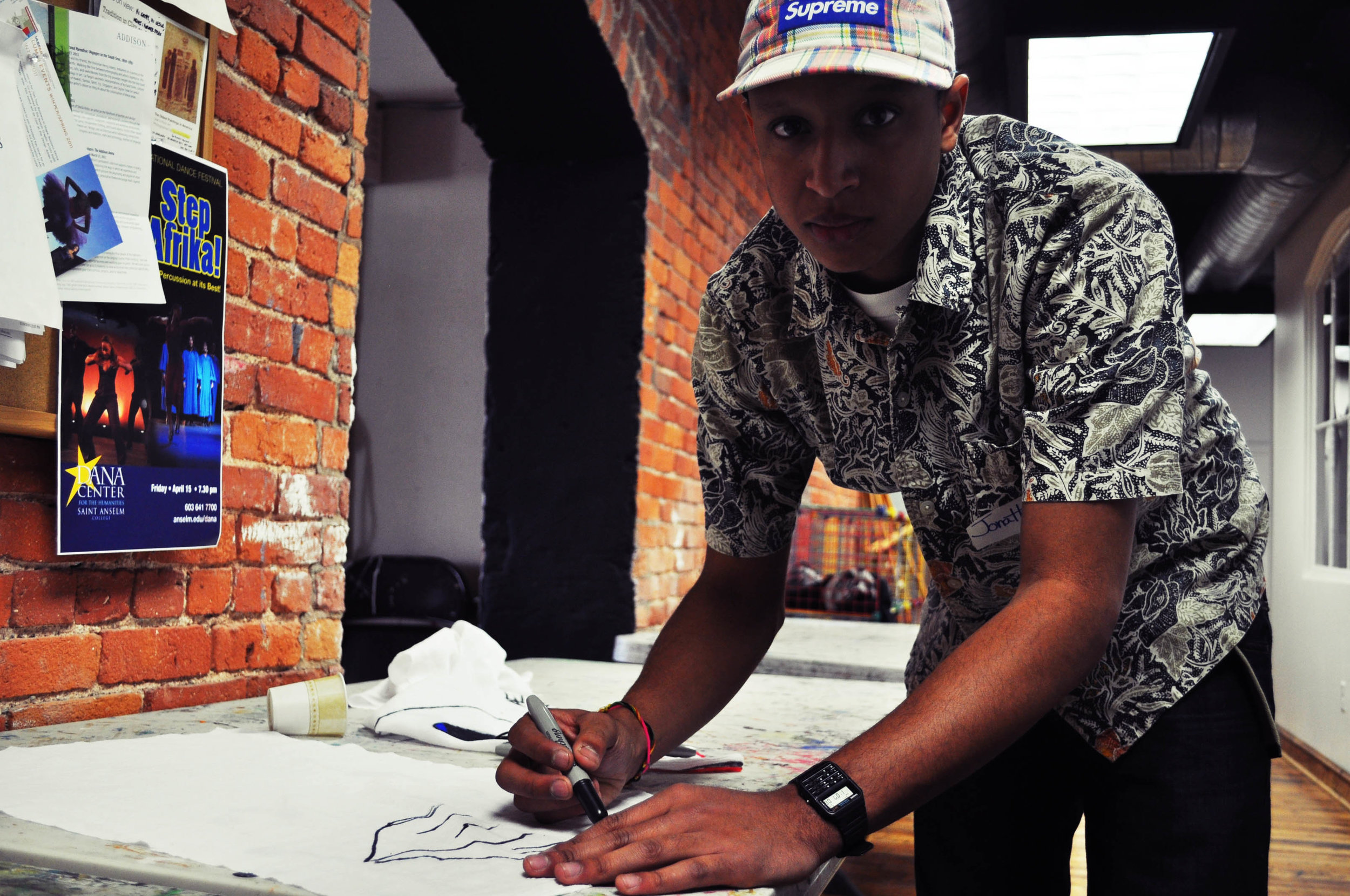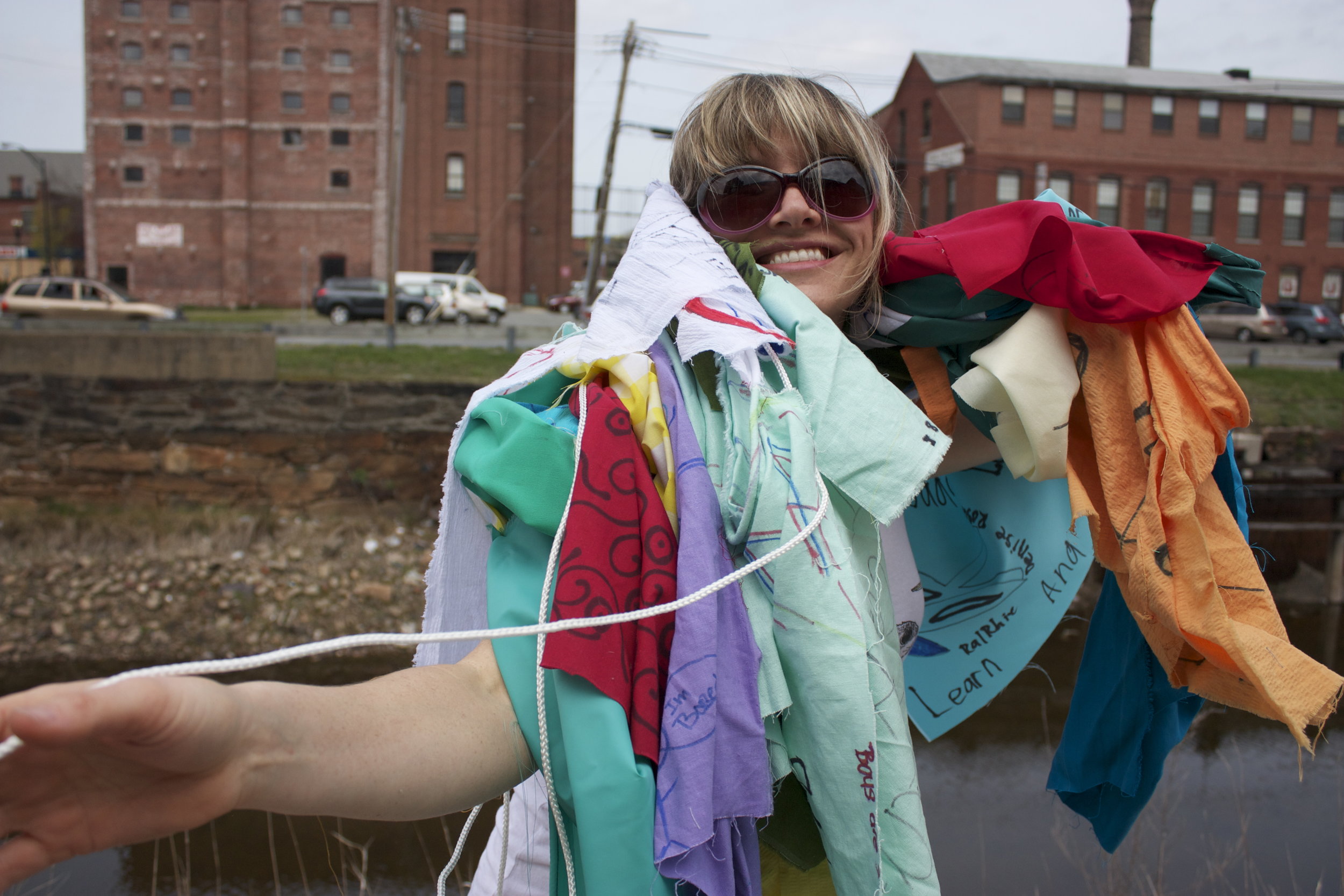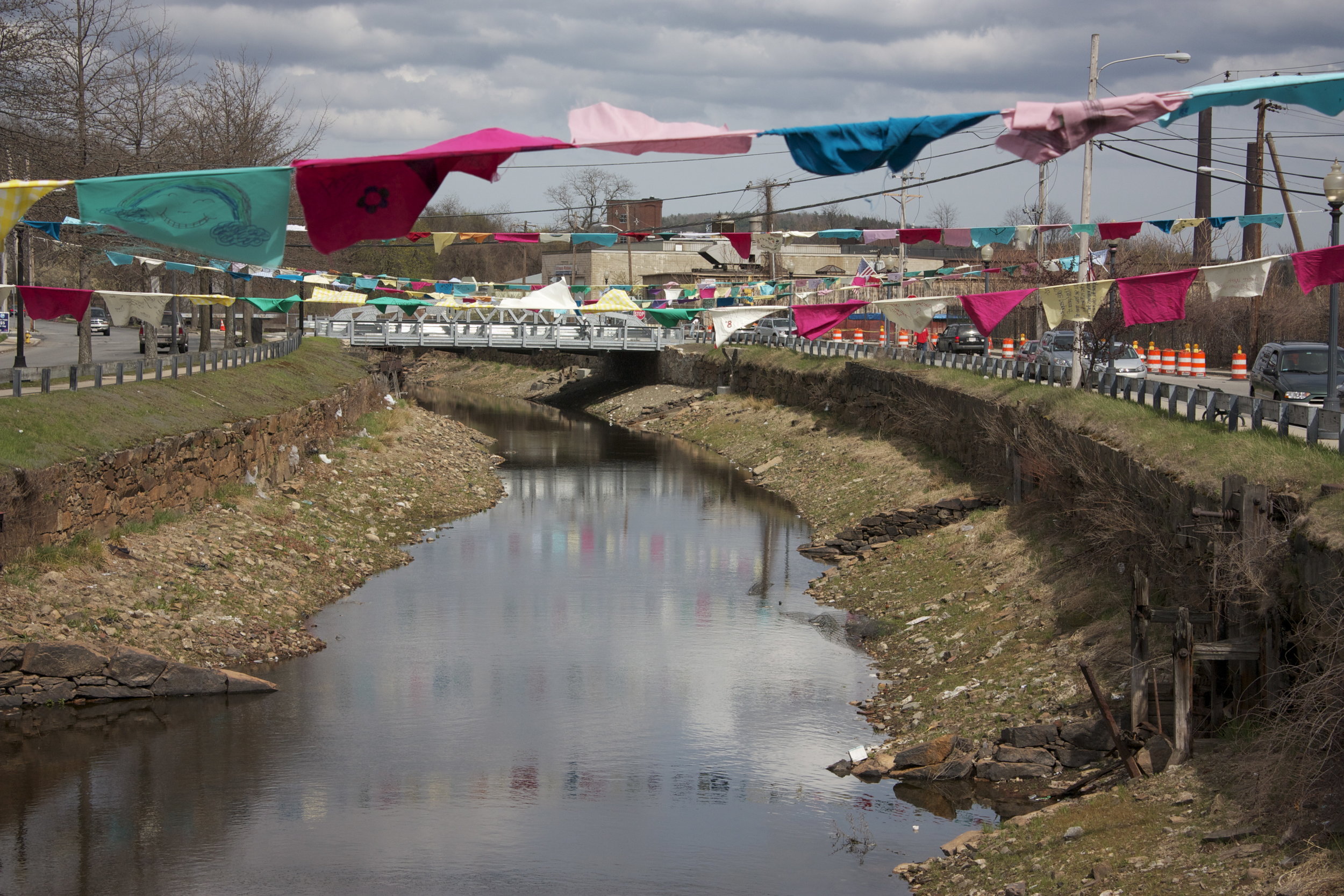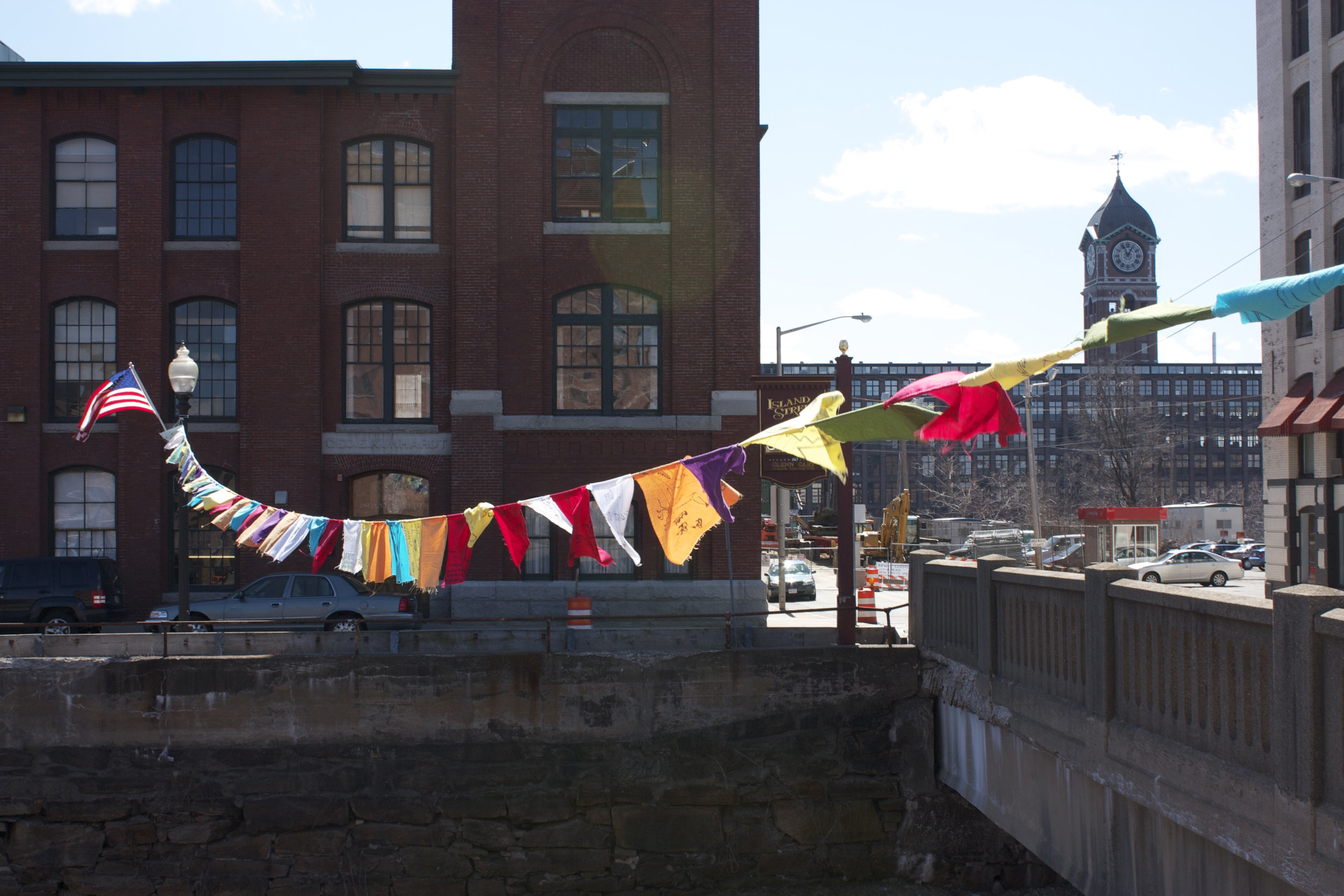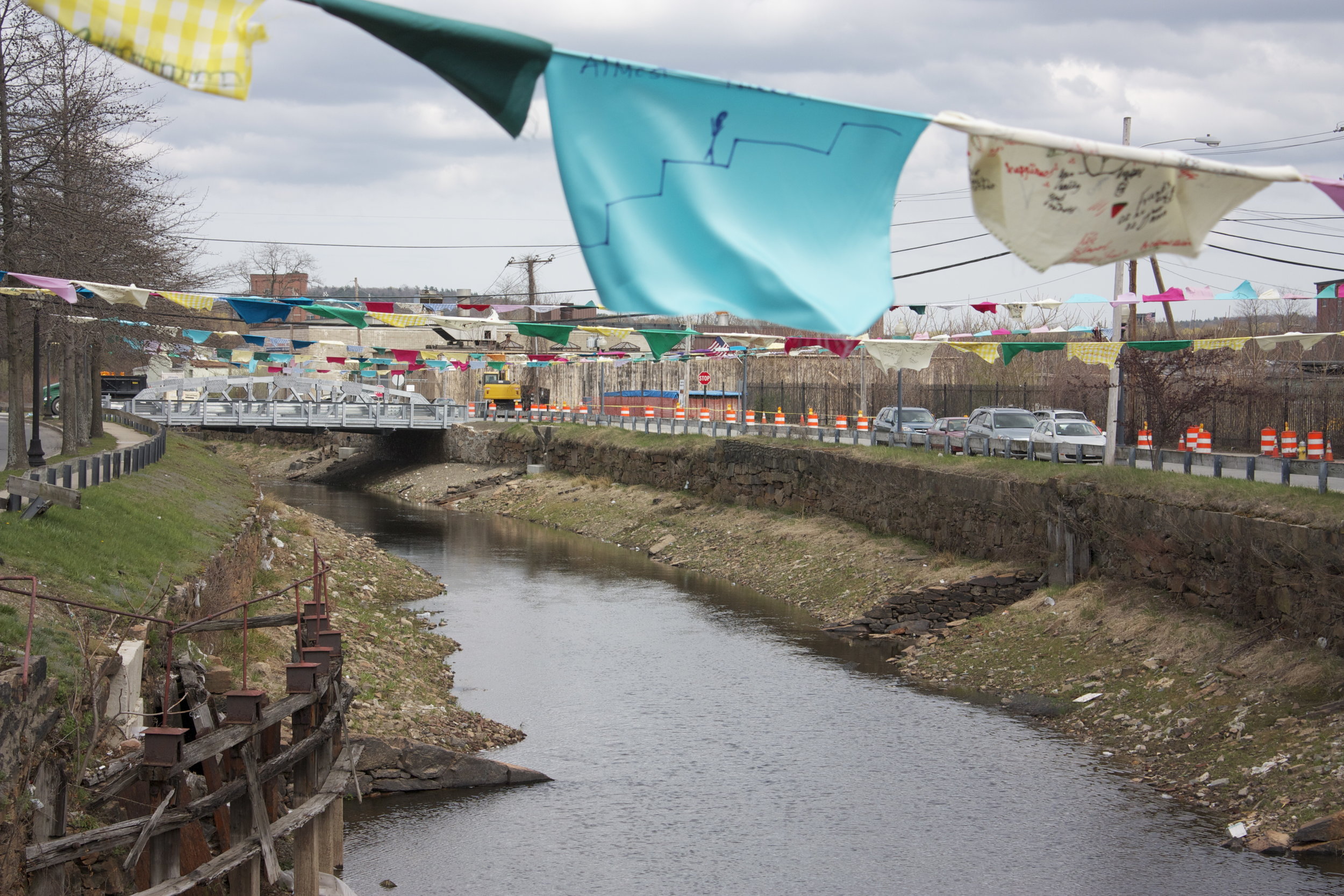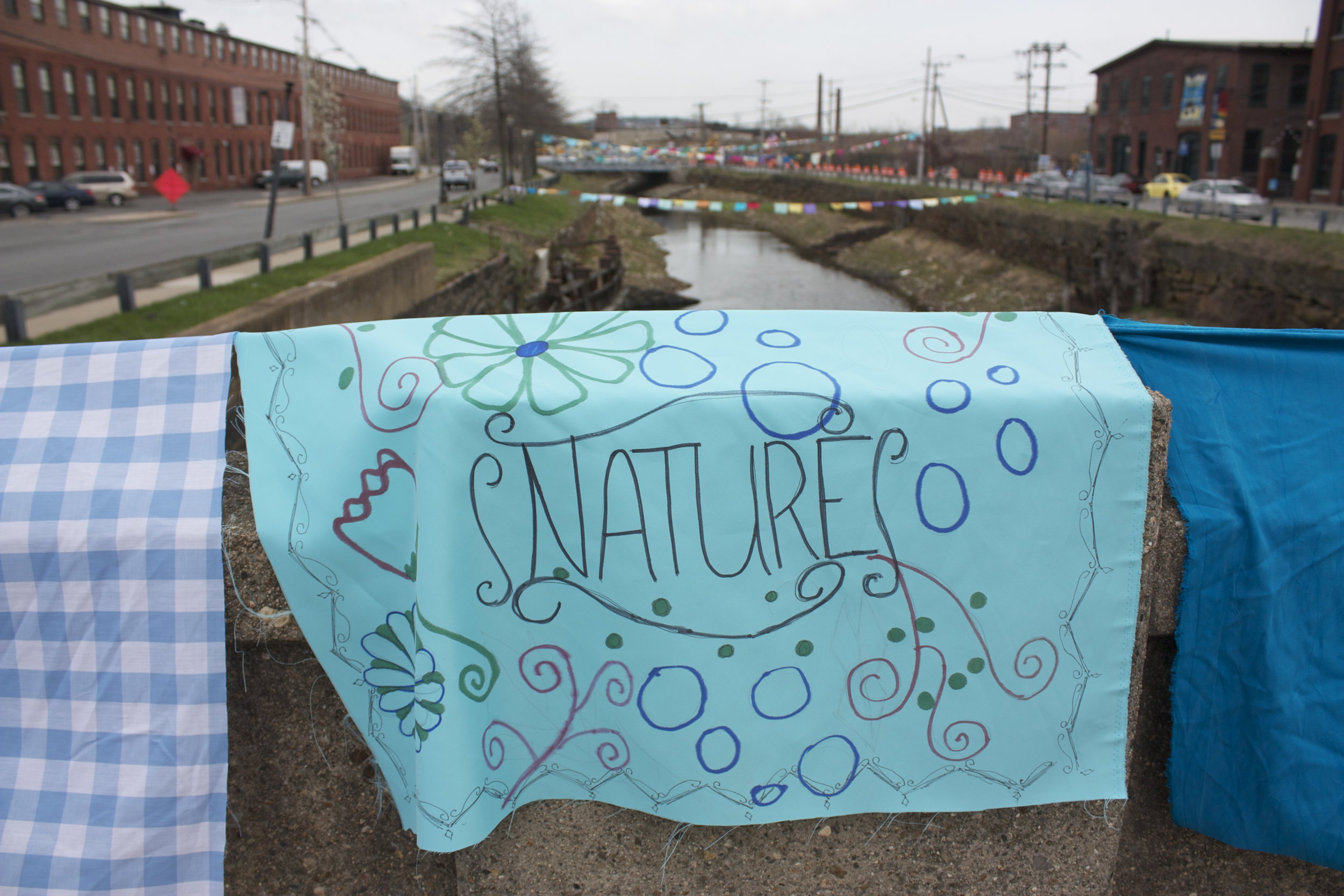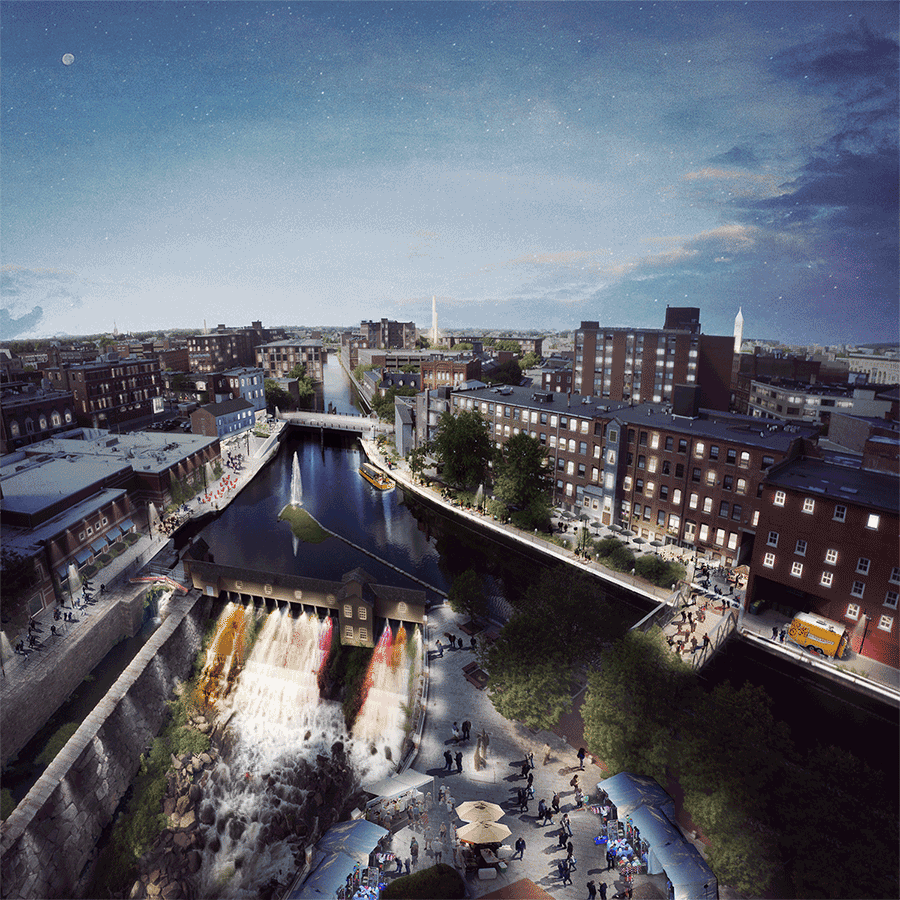


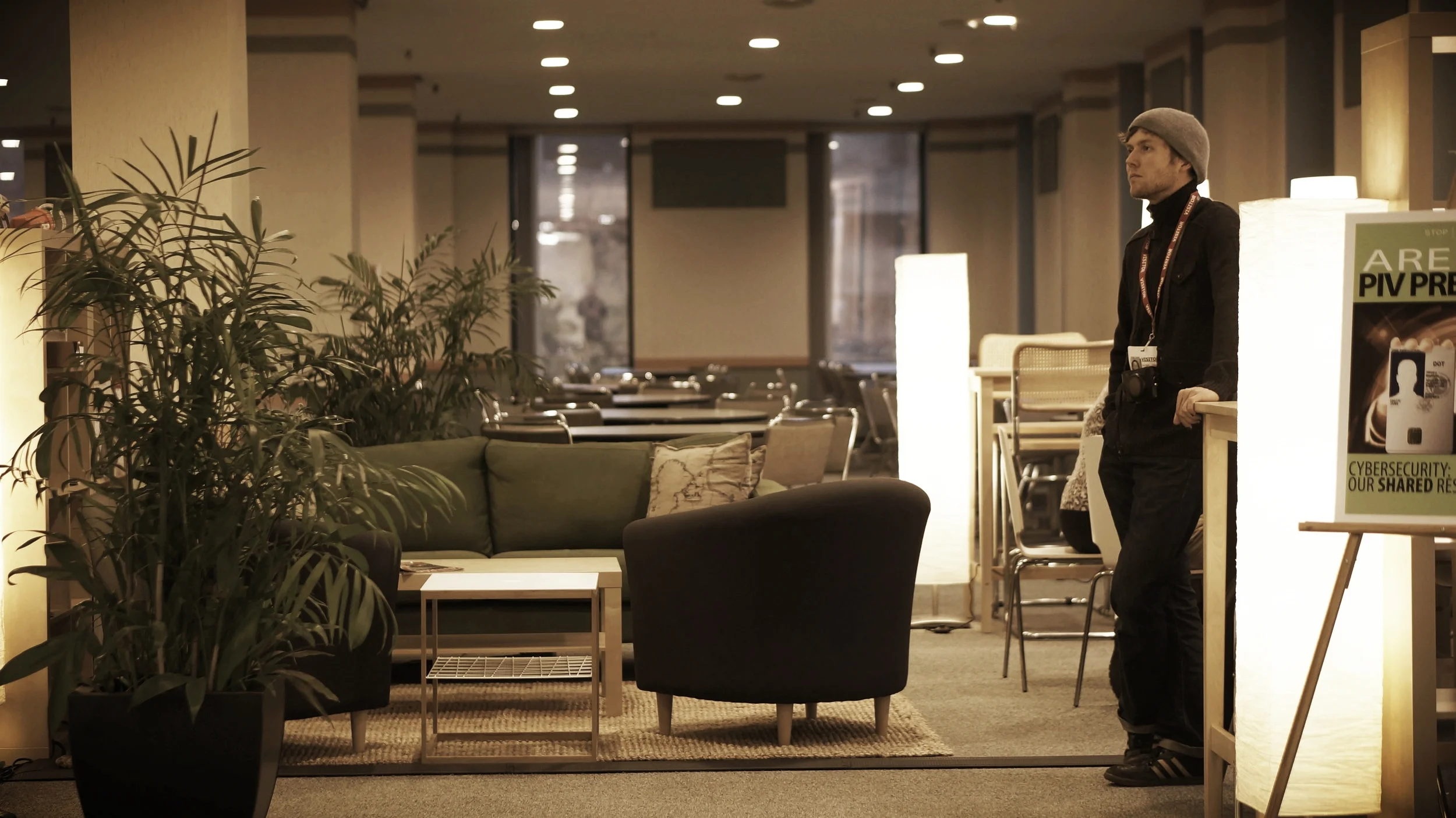




Projects
Projects
WorkPlace Strategy
Increasing collaboration amongst departments through shared space
Archival Art
Recombining Aldo Tambellini's archive into a VR performance
Placemaking
Reinventing an engine of industrialization into one of public activity
Public Art Planning
Transforming a suit factory into a neighborhood for working families

Vitality Initiative
Vitality Initiative
Placemaking
Lowell Heritage Partnership
In October of 2015 the Lowell Heritage Partnership approached Solomon Office for assistance in creating a new vision for the public space surrounding the waterways in Lowell. The multiple rivers and canals that crisscross the city have the potential to connect people, yet the complicated nature of their ownership and management poses a challenge for improvement projects and maintenance. By celebrating water-based resources through demonstration events, participatory mapping, and artistic illustrations, the Waterways Vitality Initiative was able to rally the community and major stakeholders around a celebration of the water-based resources in Lowell. With an initial investment of $11K, the initiative was able to leverage a commitment of $1M in funding for related activities by the time of its launch a year later.
Watch this video here and check out the Action Plan at lowellheritagepartnership.org/next.
OUTCOMES
- From an initial investment of $11K, the Initiative raised over $1M in one year of planning
- Video received over 40K views in its first 48 hours

The Path
The Path
Wayfinding & Digital Storytelling
City of Lawrence
As the 150th anniversary of the largest industrial disaster in Massachusetts history approached, the City of Lawrence was locked in a narrative of contamination in need of being transformed into a story of redemption. Demographic changes in the Immigrant City disconnected recent residents from those who had lived in the city for generations, and the emerging digital divide was poised to isolate people even further. Rather than creating one platform which could become outdated, this augmented reality interpretive history trail is modular, bilingual, and resides on multiple channels, which has enabled it to be expanded and be taken on by teachers as a project-based learning experience.
- 2 Phases completed
- 8 Signs installed
- $80,000+ Budget
- The brand guidelines for this "pilot" project have since been adopted city-wide by Mayor Dan Rivera
- Winner of Indie Spec Best Cinematography Award for a Documentary at 2011 Boston International Film Festival

Volpe Collaborative Hub
Volpe Collaborative Hub
Workplace Strategy
Volpe National Transportation Systems Center
The Volpe National Transportation Systems Center in Cambridge established a strategic plan to foster more interdisciplinary collaboration, and hired Daniel Koff of Solomon Office to help them create a common space using participatory co-design methods. The problem was that departments at the facility were strewn about on separate floors and across multiple buildings. By situating a space adjacent to the central cafeteria and library, Solomon Office and the internal team at the Volpe Center were able to create a space that blended these two environments into a convivial atmosphere where interaction was encouraged.
- Completed 2 phases of design and construction
- Engaged 50 staff members in a participatory design process
- Conducted qualitative and quantitative assessments

Archival Art
Archival Art
Archival Art
Aldo Tambellini Art Foundation
“Black Infinity in the Moment” is the culmination of the life’s work of Aldo Tambellini, an avant garde artist who has continuously expanded and redefined cinema throughout its history as an experimental art-form. From the age of 6 when he projected a lanterna magica in his home in pre-war Italy, to the 1960’s in New York City where Aldo created cameraless films and became
one of the first artists to illuminate buildings with artistic projections, to the advent of television where Aldo worked on the first and second program by artists for broadcast television (Black Gate Cologne 1968, the Medium is the Medium, WGBH Boston, 1969), to his time at MIT in the 1980’s, Aldo has always worked at the bleeding edge of art and technology. Today, at the age of 87, and in collaboration with Daniel Koff and Nicholas Vandenberg of Solomon Office, Aldo has reassembled his hand-painted glass slides, film, videos, poetry and sound into a new avant garde virtual reality film experience.

Wash U. Co-op
Wash U. Co-op
Cooperative Housing
Washington University in St. Louis
The Washington University Housing Cooperative was founded as a center for student-centered co-design education. Previously there was no housing option that was offered by the school which encouraged students to collaboratively cook, clean and garden. And these life-skills weren’t taught through academic means either. Daniel Koff and Chloe Byruck realized that in order to engage in this kind of learning they needed to create the environment by simultaneously designing a physical space and a social structure.
OUTCOMES
- Managed 20 person construction crew and budget of $25,000
- Converted apartment unit into common space using salvaged and recycled materials
- Wrote charter for cooperative
- Wash. U. Co-op has been in continuous operation over 10 years

Public Art Planning
Public Art Planning
Public Art Planning
Lawrence CommunityWorks
Lawrence CommunityWorks teamed up with the City of Lawrence to hire Daniel Koff of Solomon Office and his team with the UrbanArts Institute and local artists Flynn Costello and Oscar Bogran to figure out the role of public art in the transformation of a complex of mill buildings into a new neighborhood for working families. The site, situated between the commuter rail station and the entrance to the interstate highway, functions as the transit gateway to Lawrence, yet the area stood isolated on an island of industrial space. Our team bridged divides – between the community and institutional partners, and the from one side of the canal to the other – by initiating a participatory planning process and pilot public art project that flew prayer flags which were created by local youth from one end of the canal to the other. Not only does the City have a master plan for the gateway district which can be referred to in future development phases, but the process itself initiated a conversation amongst Lawrence youth and aligned the institutional partners that are needed for continued improvements.
- Installed the '1000 Prayer Flags for Lawrence' public art pilot project which included the participation of 500+ local students
- Engaged 50+ community members in the planning session
- Master plan designed, delivered, and available here.






